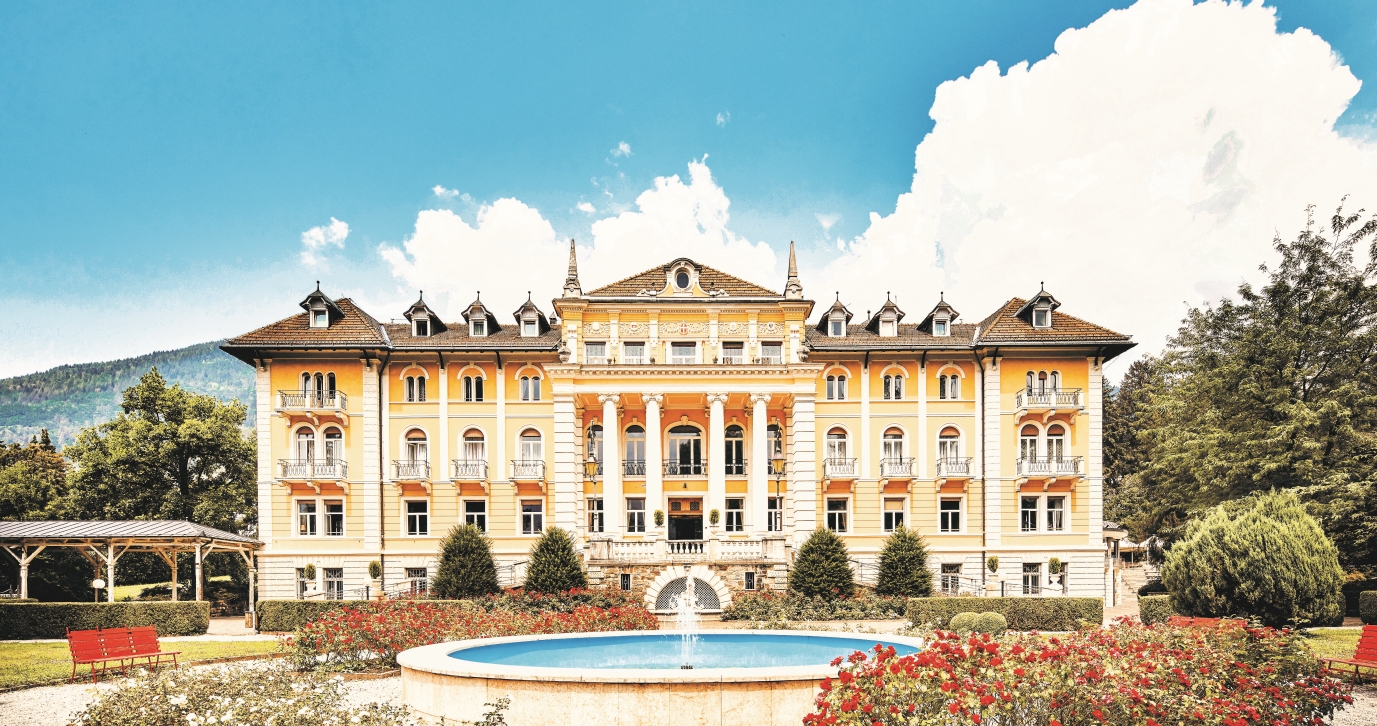History of the Grand Hotel Imperial
The thermal waters of Levico and Vetriolo were discovered in the Middle Ages during mining work in the Dolomites. A spa company founded in 1860 had the water led via an aqueduct from Vetriolo to Levico and built a large spa house. At the end of the 19th century, Levico received town rights, and the Valsugana railway line was opened.
With the help of the Berlin businessman Julius Adrian Pollacsek, the city became an important spa destination. Pollacsek founded the Society of Levico Vetriolo Healing Springs and oversaw the building of the luxurious Grand Hotel Imperial in record time. For the design of the impressive park with its network of walking paths, he commissioned the Nuremberg landscape designer Georg Ziehl.
Archbishop Eugen von Habsburg and guests of honour from all over Europe came to the official inauguration in 1900. In the following years, countless illustrious guests visited the Grand Hotel Imperial.
Among them were the Princess of Windisch-Graetz – a cousin of Sissi – Archduke Karl Theodor of Bavaria and King Albert of Belgium as well as the Borghese and Colonna Princes, members of the Romanov family, financiers such as the Rothschilds and industrialists such as Feltrinelli and Sonzogno.
The two world wars brought a temporary decline in the hotel’s fortunes. Towards the end of World War II, the Grand Hotel Imperial hosted German troops. Levico repeatedly came under fire from the Allies.
Since 1996, the thermal baths, the hotel and the mineral water bottling operations have been managed by private companies.
The Grand Hotel Imperial has retained its fascinating atmosphere. With its present splendour and equipped with modern 4-star comfort, it retains a connection to its glorious beginnings.


